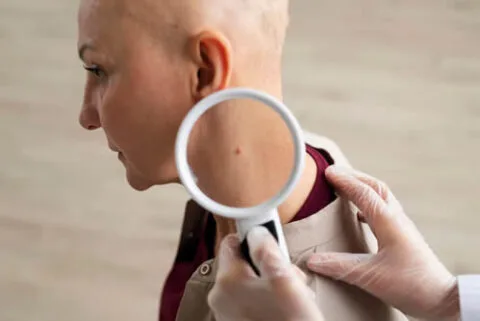Regular Skin Cancer Checks: A Vital Routine
Similar to routine checkups for general health, teeth, or eyes, regular medical care for your skin is crucial. Skin cancer holds the top spot among cancer types in the United States, emphasizing the need for annual skin cancer checkups.
Purpose
The objective of a skin cancer check is a comprehensive examination of your entire body, searching for suspicious areas. A physician will closely inspect your body, from head to toe, for changes in your skin’s normal appearance, such as new growths, mole changes, rashes, and more. The three primary types of skin cancer—basal cell carcinoma, squamous cell carcinoma, and melanoma—have distinct signs and symptoms that a knowledgeable dermatologist can identify and recommend appropriate treatment.
Frequency
- Annual skin cancer checks are recommended for everyone.
- Particular emphasis for those with:
- Personal history of any skin cancer type
- Close relatives with a history of skin cancer
- Skin growths or suspicious areas
- A large number of moles
- History of atypical moles
- History of sunburns or tanning bed use
- Lifestyle with significant sun exposure
- Organ transplant recipients
Process
Before the appointment, examine your skin for any concerning areas to discuss with the dermatologist. A typical skin cancer check takes about 20 minutes, with the physician visually examining your skin and possibly using tools like a bright light or dermatoscope for lesion magnification.
Outcomes
If precancerous or cancerous spots are detected, the dermatologist may take photographs for your chart and perform a biopsy. A biopsy involves taking a small tissue sample viewed under a microscope for further analysis. If concerning findings emerge, you’ll be contacted for additional steps; otherwise, you can confidently plan to repeat the process in a year.

